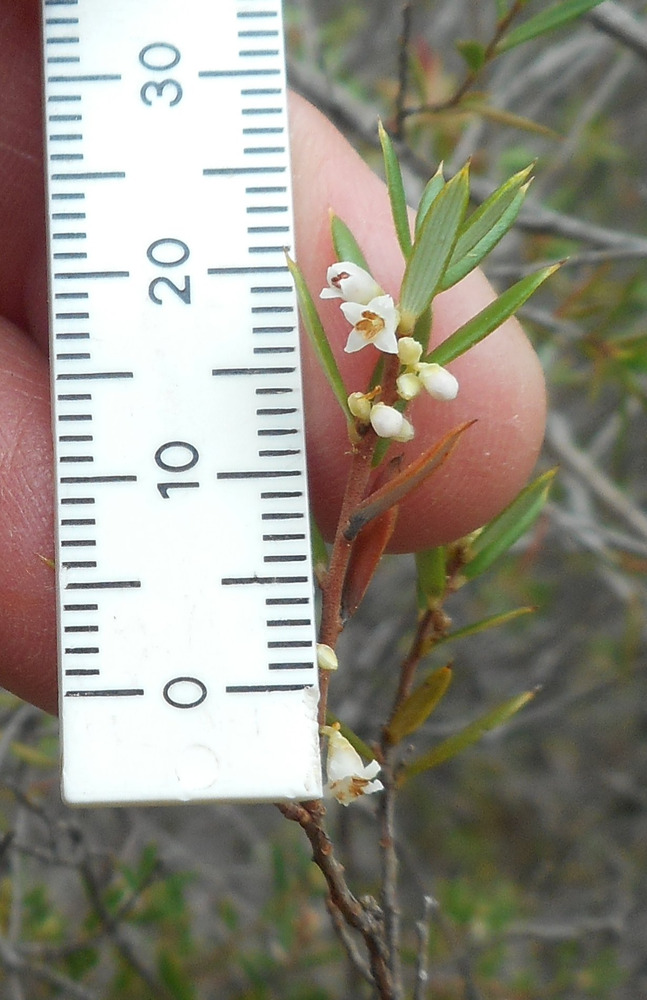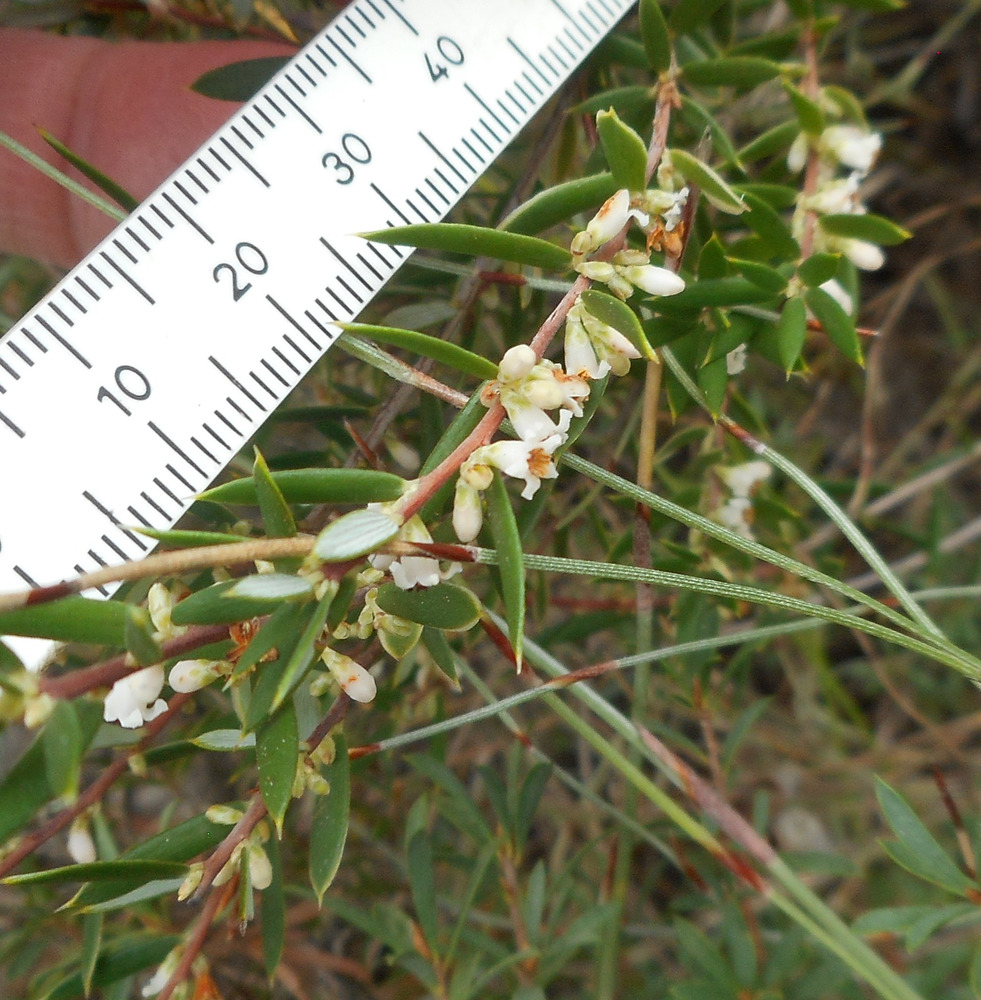buffy said:
sarahs mum said:
buffy said:
Another question for PF.
The other day I found Monotoca scoparia out at our bush block. I had no idea what it was and I hadn’t heard of it before when I checked in Corrick and Fuhrer to get some idea. I was able to get it to “heath of some sort” and then I found a picture and took it from there. My question…I see from various descriptions that male and female flowers are on different bushes. And that male flowers are a bit bigger than female. But such a little bit that I doubt I’m going to be able to tell them apart? I’m not fussed about that really. I guess I can wait and see which plants fruit to ID the female ones. I did remember to take my little measuring stick and put it in some of the photos.
 ………
………
Apparently it is used in gardens. I don’t remember ever being aware of it under either botanical or common names.
Funny…I thought to self it looks like my untitled plant…monotoca glauca. And then I thought to self ‘what would you know?’
(I had a series of work called ‘untitled plant’ that had everyone intrigued and responsive until one day when a PhD in botany visited the gallery.)
I love how the brain does that. The stuff is in there, but it might be under a heap of old clothes in the basement or something.
:)
my plant has a pinker flower.
It lives close to where the blade travels when the road is graded. It’s 55 years old and about 4 foot high. It lives under the cover of a huge 55 year old regnans. The regnan’s is protected because of it size. last year they marked it as a significant tree. No one gives a shit about the Monotoca. it is neither tall or fat enough to be protected.
Thus ends the untitled plant speil.
………